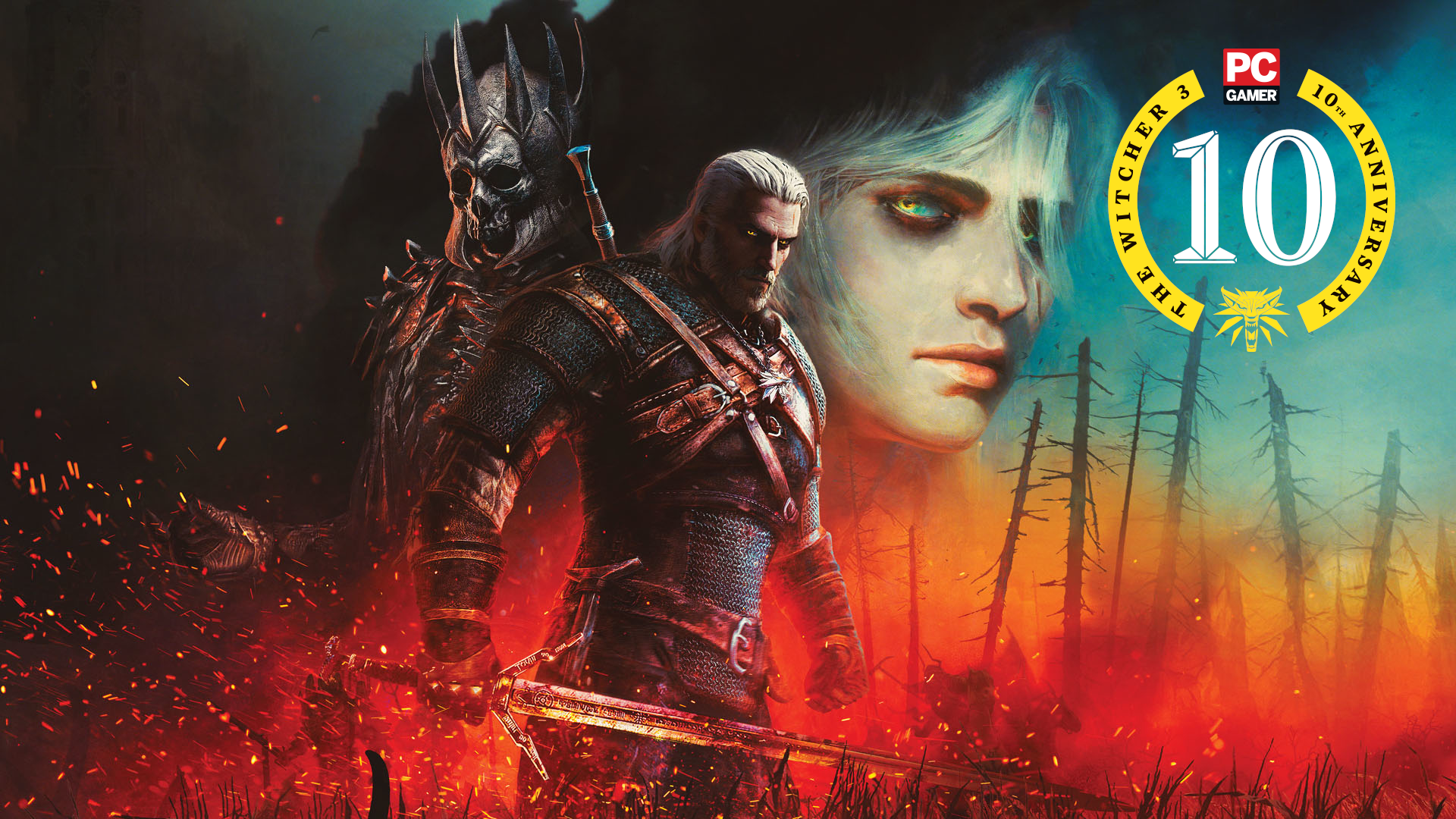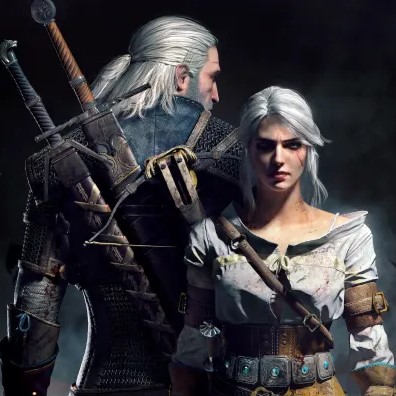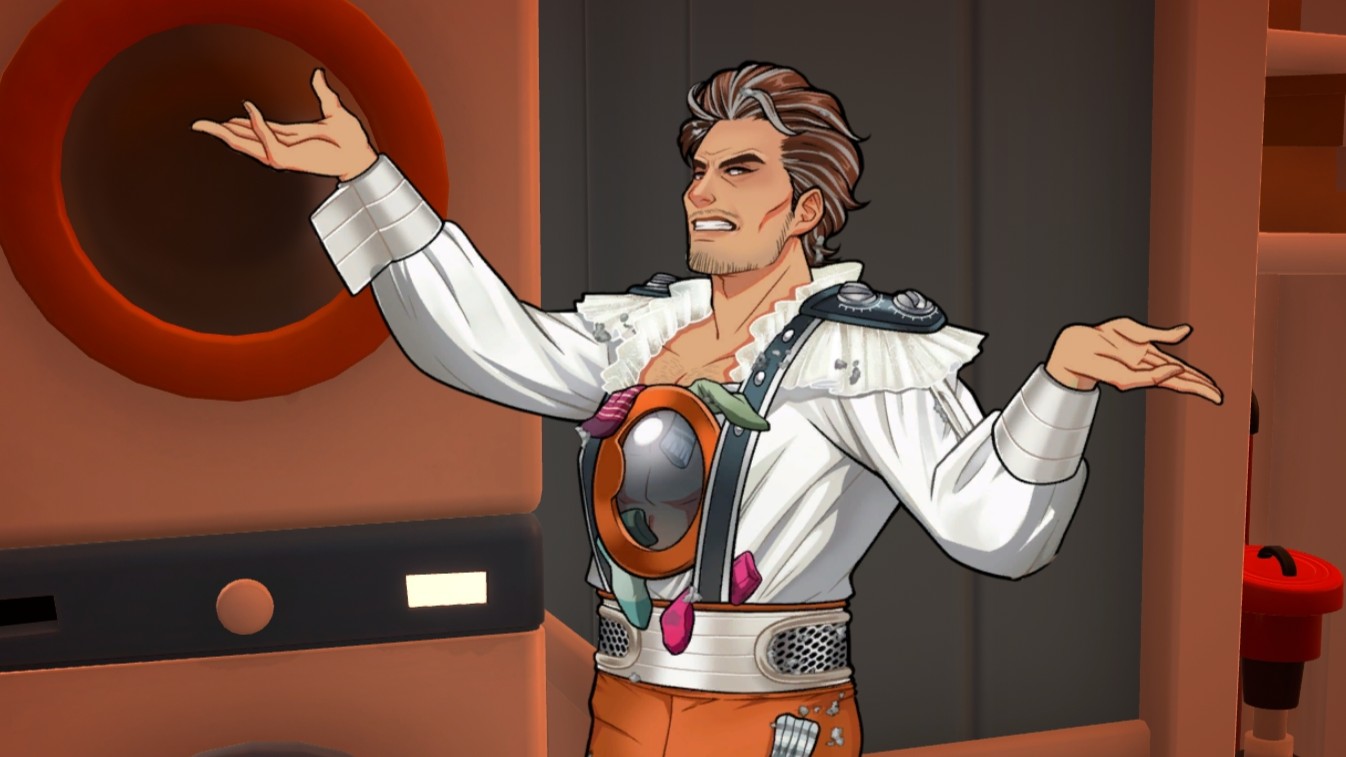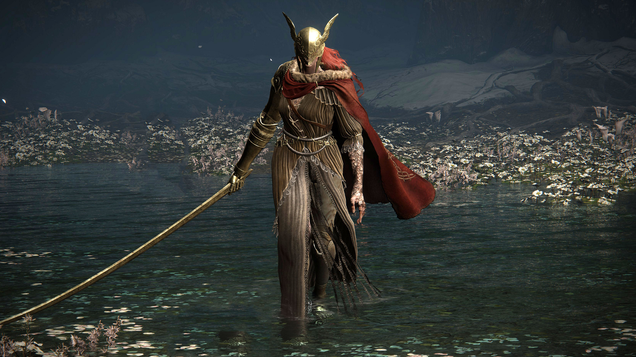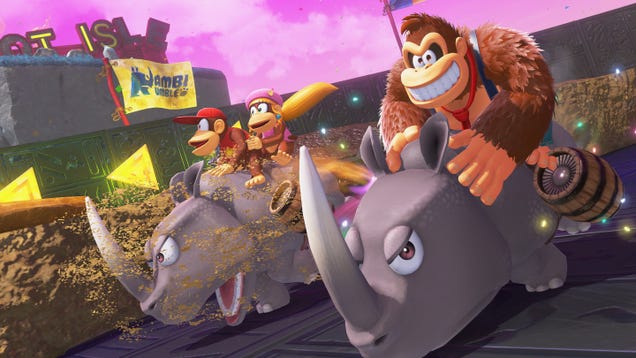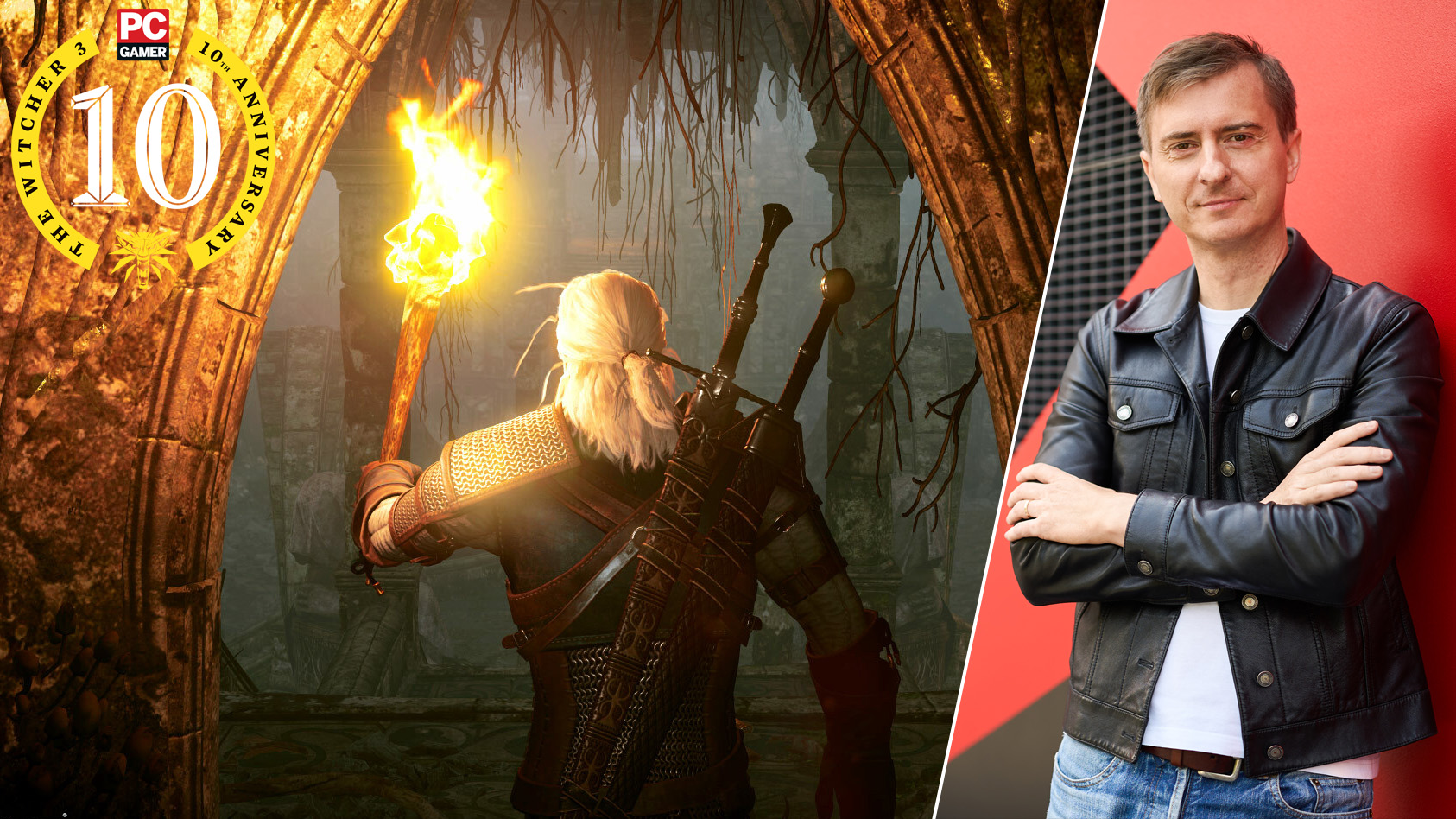
A meteoric rise with, uh, a few bumps along the way.
10 years on from its release, The Witcher 3 is unequivocally a phenomenon—one of the bestselling games of all time that turned CDPR from a relatively small studio that makes niche RPGs to one that excites a level of interest comparable to, well, Bethesda.
But if you think that success was easily come by, guess again. When I sat down with CDPR devs to talk about their memories of working on the game that would light the touchpaper on the studio’s meteoric ascent, they mostly remembered a whole bunch of challenges.
“That was a very tricky period for the company,” says CDPR co-CEO Michał Nowkowski of the very, very start of The Witcher 3’s development—before the company had even released The Witcher 2. “We just went off the crisis that was 2008, 2009, and I was really deeply involved with, like, making sure we don’t fall apart.” The world economy was circling the drain and CDPR was struggling to stay afloat in the turmoil: “The early days were quite—for me, personally—focused on ‘How do we escape annihilation?'”
The release of The Witcher 2 put CDPR “in a better shape, but not in a perfect one,” but it wasn’t exactly smooth sailing from there. The studio’s big ambition to evolve the closed hubs of The Witcher 1 and 2 to a huge open world proved to be a stumbling block more than once.
“We didn’t know exactly how it’s going to be done,” says Kajetan Kapuscinski, who worked as a cinematic artist on The Witcher 3. “Maybe this lack of knowledge was kind of a blessing at this point, because the scale of the game, trying to make an open world game, created new challenges that we couldn’t have imagined beforehand.”
Those challenges were, well, pretty much everywhere. CDPR had to figure out how to integrate monster contracts in a game where players could stumble across and kill their bounty before they even picked up the quest, and how to lay out quests where a player might pop into a dungeon through the back entrance and read all the carefully placed journal entries out of order. Above those challenges was the big picture: How on Earth would they make entirely different quests influence each other when they had no idea what order people would do them in?
To celebrate its 10th anniversary, all this week we’re looking back on The Witcher 3—and looking ahead to its upcoming sequel, too. Keep checking back for more features and retrospectives, as well as in-depth interviews with the developers who brought the game to life.
Even studio head (and CDPR’s other CEO) Adam Badowski got in on the fun when he pointed out that, since the game had all sorts of bodies of water in it, they were gonna have to put swimming in. “‘I asked a very difficult question,” says Badowksi, “‘there’s water, where’s swimming?’ The whole room was quiet. If there’s water, there’s swimming, if there’s swimming, there’s diving, if there’s diving, you have to build completely new locations.”
For a little bit, the devs scrabbled around to figure out how to cut enough of the game that they wouldn’t have to put swimming in and generate—in effect—a whole new underwater open world. Eventually they opted to let Geralt go for a splash.
There were other issues, too. “I remember this conversation with one of the programmers,” recalls Kapuscinski, who played a key role in creating the dynamic, cinematic dialogue scenes. “I was asking, ‘Okay, could I make Geralt, you know, move two steps to the right?’ He was like, ‘No, it’s not possible.’ That’s where we started.” The devs were, all throughout the creation of the game, having to invent their way around problems that, perhaps, weren’t quite apparent when they first decided to put Geralt in an open world.
It never really got easier. Witcher 3 quest designer Blazej Augustnyek says that when the team felt like it had pretty much finished, “I remember, I think it was someone from the board saying, ‘Yeah, this plays great, but the world is empty. There’s nothing but quests.’
“It turns out, in an open world, you have to have other stuff, right? So we created this little strike team.” That strike team had the task of filling The Witcher 3’s world with “meaningful content,” most of which you’ll probably remember as the question marks strewn across the world map. Meanwhile, on the other side of the equation, concerns that the game was overstuffed—just too big—led devs to cut questlines like the one that would have seen Geralt join the Wild Hunt itself as a spy.
Still, it all paid off. The game came out and, as you’re probably dimly aware, proceeded to become one of the biggest games of all time. “It opened the door to conversations with everybody as well,” says Nowakowski. “It’s not like nobody wanted to talk to us before but, you know, once you have Witcher 3 in your portfolio, it’s a little bit different… I mean, we launched Witcher 3—PlayStation [was] working on the next console—Mark Cerny comes down to Warsaw to talk to our engineering team and saying he’s very impressed with what we did, and he couldn’t believe we managed to cram that game in the PS4.
“And then we have a private, whole-day chat with Mark Cerny, the architect of PlayStation, talking about what we would need in the next PlayStation that could help us make it even better. That was something very new and fresh for us, that was not the kind of attention we were used to.” Not bad for a studio that started its game worrying about whether it would be able to pay its staff.
The Witcher 4: What we know about Ciri’s story
Witcher 3 mods: Good hunting
The Witcher books: Where to start
Witcher 3 console commands: Cheat death
The Witcher season 4: Hemsworth’s debut
